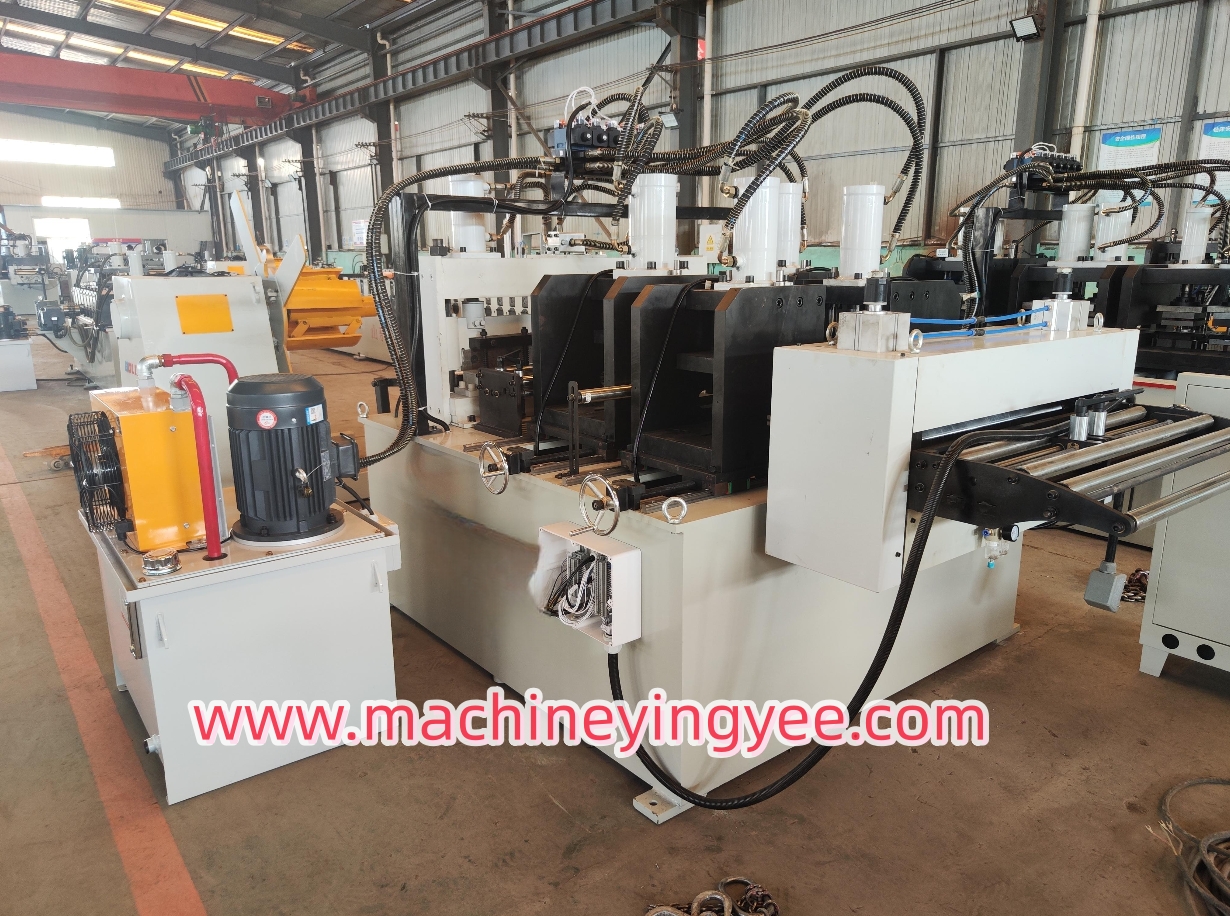
The Highway Crash Barrier Roll Forming Machine Ensuring Road Safety
Highway safety is a growing concern in today's world, with increasing vehicular traffic leading to a rise in accidents. Among the various measures implemented to enhance road safety, crash barriers play a pivotal role. This is where the highway crash barrier roll forming machine comes into play. These sophisticated machines are designed to produce high-quality crash barriers that protect lives and reduce the severity of accidents on highways.
Understanding Crash Barriers
Crash barriers, often referred to as guardrails, are crucial components of highway infrastructure. They are designed to prevent vehicles from veering off the road, thereby reducing the risk of collisions with other vehicles, pedestrians, or roadside hazards. The primary purpose of these barriers is to absorb and redirect the energy of a collision, minimizing damage to vehicles and injuries to occupants.
The effectiveness of crash barriers largely depends on their design, materials, and the manufacturing process used to create them. This is where the role of the roll forming machine becomes significant.
What is a Roll Forming Machine?
A roll forming machine is a type of equipment used to shape metal into a specific profile. It involves feeding a flat strip of metal through a series of rollers, each progressively shaping the metal into the desired form. This method is particularly effective for manufacturing long, continuous sections of a product, making it ideal for producing crash barriers.
The highway crash barrier roll forming machine is specifically tailored for creating the necessary profiles that meet safety standards and regulations. These machines can produce a variety of barrier styles, such as W-beam, thrie-beam, and concrete barriers, each designed for specific applications and levels of impact resistance.
Advantages of Using Roll Forming Machines
1. Efficiency and Speed One of the primary advantages of roll forming machines is their efficiency. They can produce large volumes of crash barriers in a relatively short amount of time, which is crucial for meeting the demands of highway construction projects.

2. Consistency and Precision Roll forming machines ensure that each piece of metal is shaped consistently and accurately. This uniformity is essential for the integrity and performance of crash barriers, as even minor discrepancies can lead to reduced safety.
3. Cost-Effectiveness With the ability to automate much of the production process, roll forming machines can significantly decrease labor costs. Additionally, their efficiency helps reduce material waste, making them a cost-effective solution for manufacturers.
4. Customization Many roll forming machines are designed to accommodate custom profiles and specifications. This flexibility allows manufacturers to create barriers that meet specific regional safety regulations and environmental conditions.
5. Durability The materials used in conjunction with roll forming machines, typically high-strength steel or aluminum, ensure that the produced crash barriers are robust and resilient. This durability is essential for withstanding the impact of vehicle collisions.
The Future of Highway Safety
As the demand for safer highways continues to grow, so does the need for advanced manufacturing technologies like the crash barrier roll forming machine. Innovations in materials and manufacturing techniques are on the rise, including the use of high-strength materials that offer greater resilience with less weight.
Moreover, the integration of smart technologies into crash barriers, such as sensors that can detect impacts and alert emergency services, will shape the future landscape of road safety. Manufacturers of crash barrier roll forming machines will need to keep pace with these advancements to remain competitive and effective.
Conclusion
Highway crash barrier roll forming machines are critical in the ongoing effort to enhance road safety. With their ability to produce high-quality, cost-effective, and customizable crash barriers, these machines contribute significantly to reducing the risk of accidents and protecting lives on the road. As technology continues to evolve, the future of highway safety looks promising, with innovations poised to further improve the efficacy of crash barriers and, ultimately, the safety of our highways.